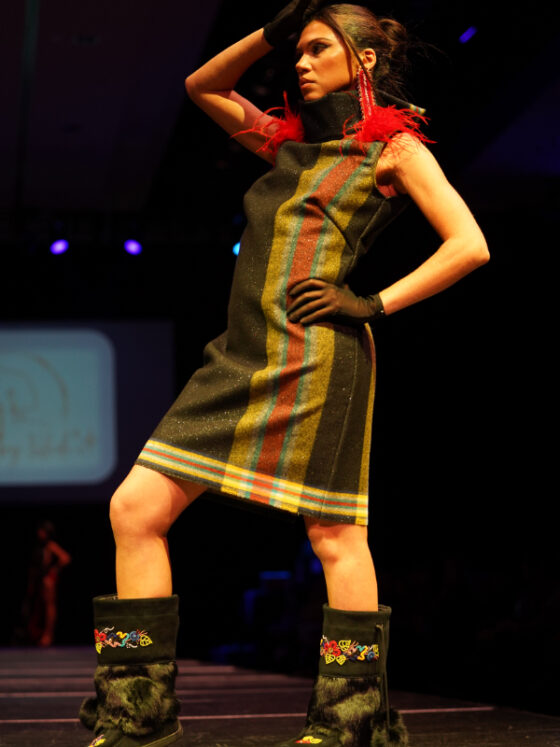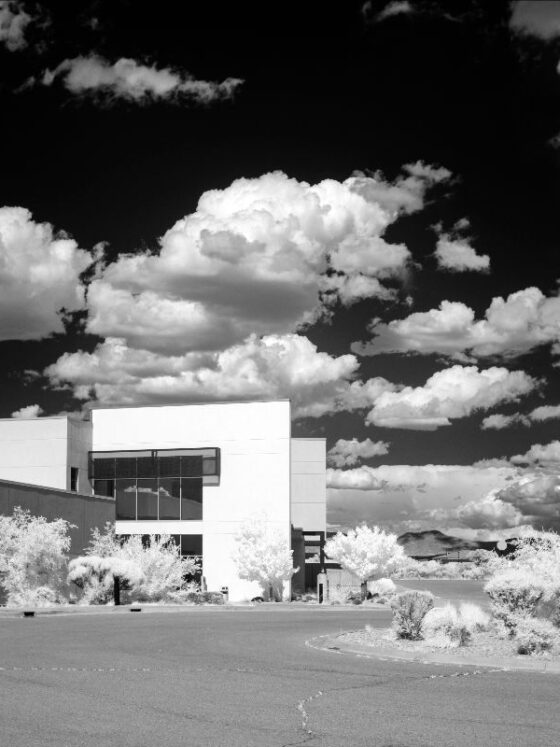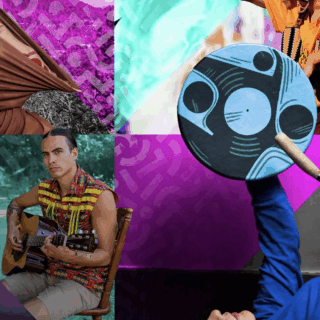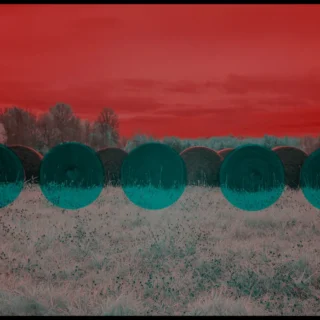Reporter’s Notebook: Talia Sehongva at Indigenous New York Fashion Week
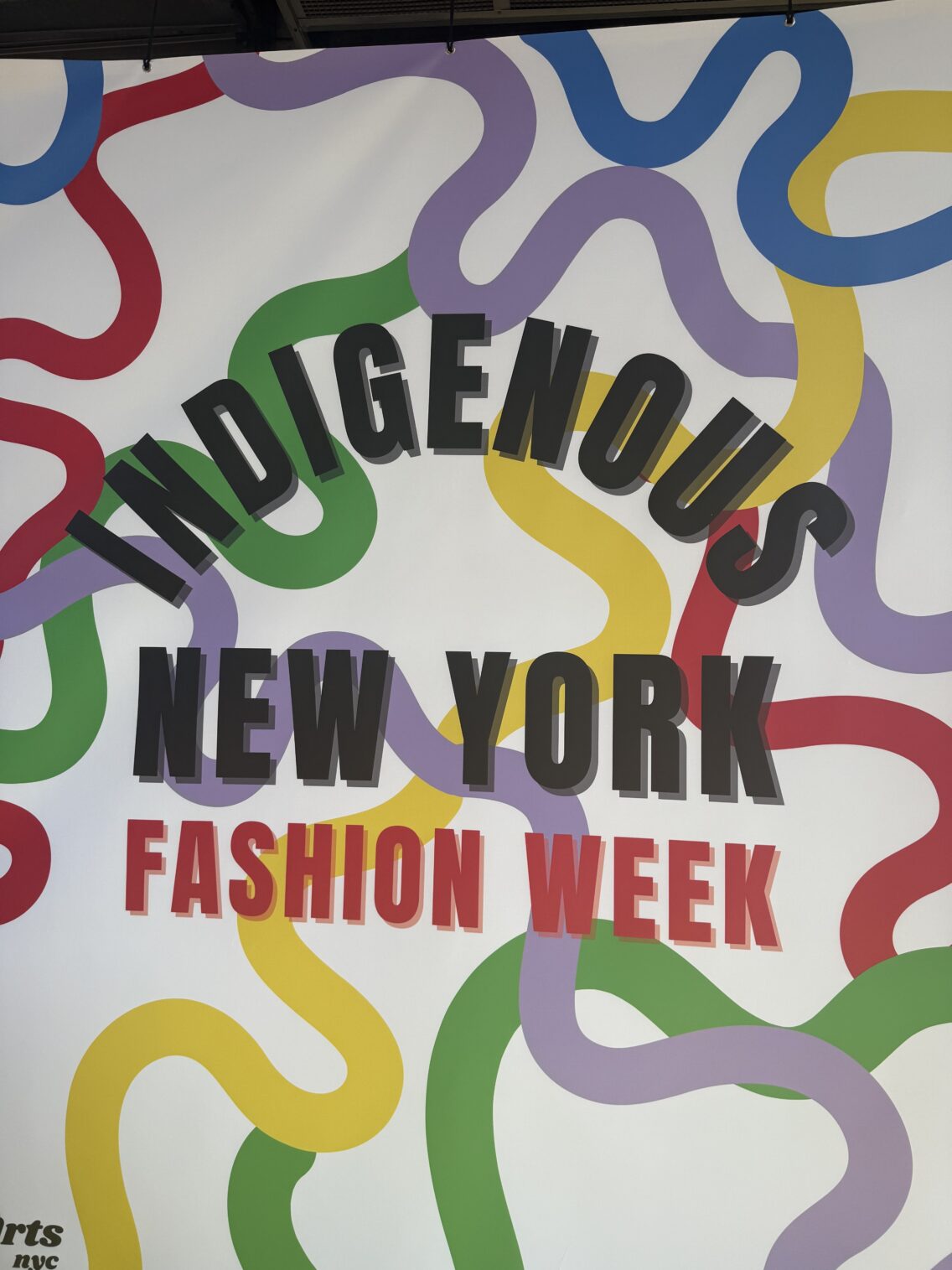
Saturday was a beautiful day. The sun was bright, the air was cool, and the city was alive. Manhattan was buzzing with people enjoying their weekend, sipping iced lattes, and doing creator knows what. I headed to the East Village in Manhattan for Indigenous New York Fashion Week, starting with the Designer Runway Showcase 1. The lineup included Relative Arts, Red Clay, Original Landlords, ALTRN8V, and Mobilize. Each designer brought something unique, blending culture, heritage, and creativity into their work.
As always, I was running on NDN time. To my surprise, so was Relative Arts and much of the Indigenous community. That felt right though. Despite the wait, the crowd outside the venue was excited and ready. I picked up my wristband and waited in line. The show started about 45 minutes later than planned, but when I finally made it inside, the energy made up for the wait. The venue was smaller than I expected for the number of people who showed up, but we found a way to make it work.
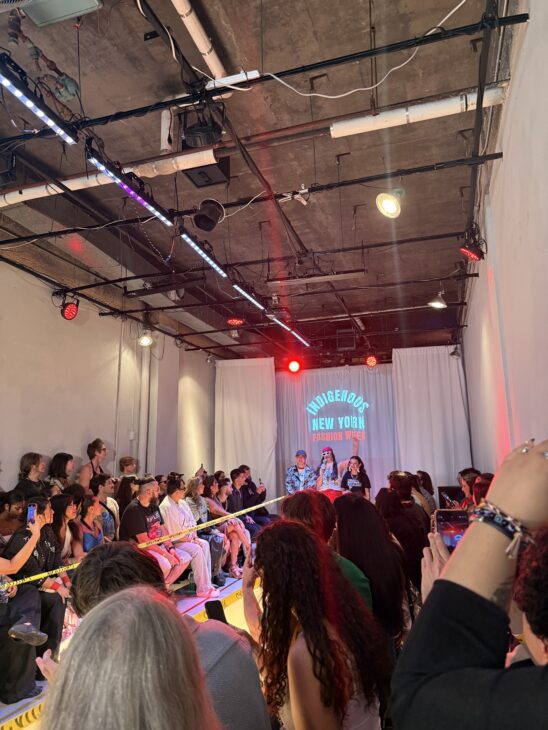
I sat in the second row, close enough to take in all the details. About 15 minutes later, the show opened with an introduction from Korina, Liana, and Nishina of the Relative Arts team. Their effort and vision for the showcase came through clearly, both in their words and in everything that followed.
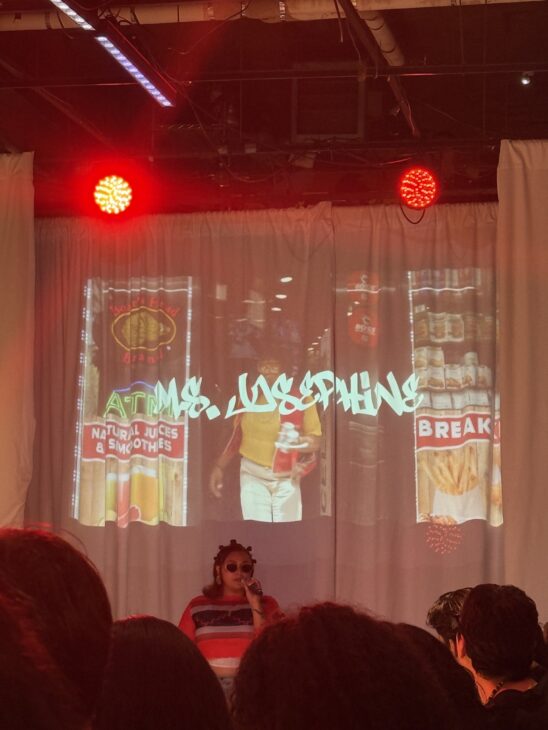
Before the runway began, Ms. Josephine performed her song Redbull. Her voice filled the room and set the tone. It felt grounding, a reminder of the power of music to hold space.
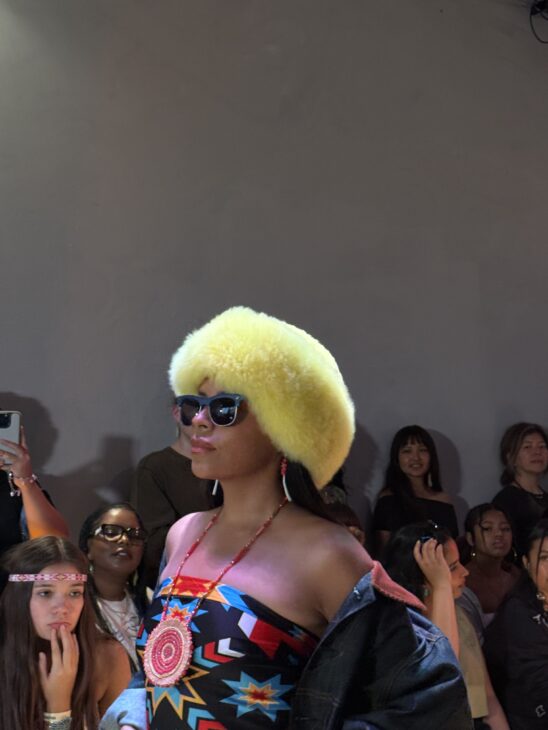
Relative Arts opened the runway with a collection that was alive with color. Bright yellows, greens, and pinks flowed down the runway, creating a sense of vibrancy and calm at the same time.

Redclay followed, beginning with a clip from Dances with Wolves (1990). Their collection reminded the audience that fashion is never separate from politics. Their pieces spoke to survival, displacement, and pride. The first model wore a red keffiyeh, a symbol of Palestinian resistance, and that choice immediately set the tone. It created a link between Indigenous struggles here and global ones, showing how fashion can carry stories of solidarity.
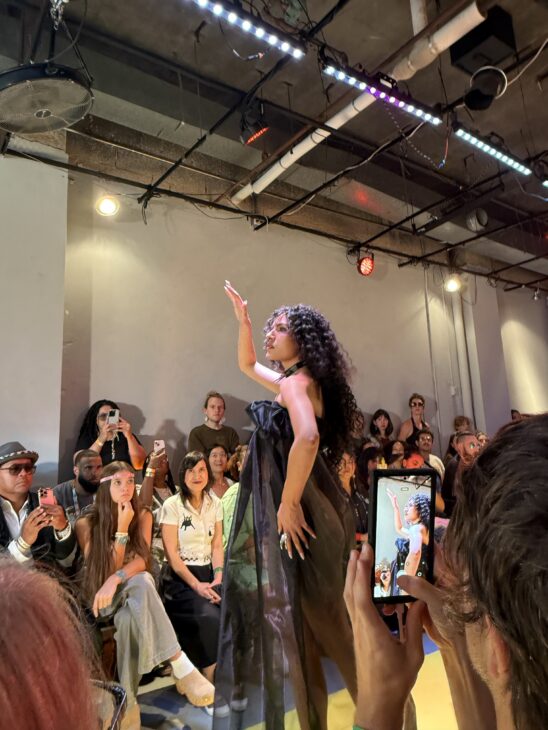
Mobilize was next, opening with a traditional Cree song. Their looks centered on black with touches of white and silver. What stood out most was the way the models moved. Their walks were fluid, with arms extending like they were weaving something in the air. It was more than a walk. It felt ceremonial.
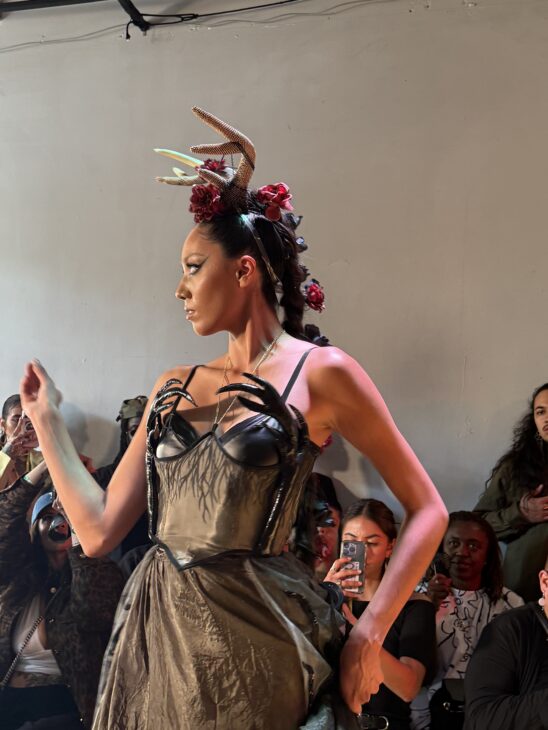
Then came ALTRN8V, my personal favorite. Their designs combined Native art with alternative and goth-inspired aesthetics. Watching their work on the runway, I thought about my younger self and how thrilled I would have been to see this style represented. It felt like a dream came to life.
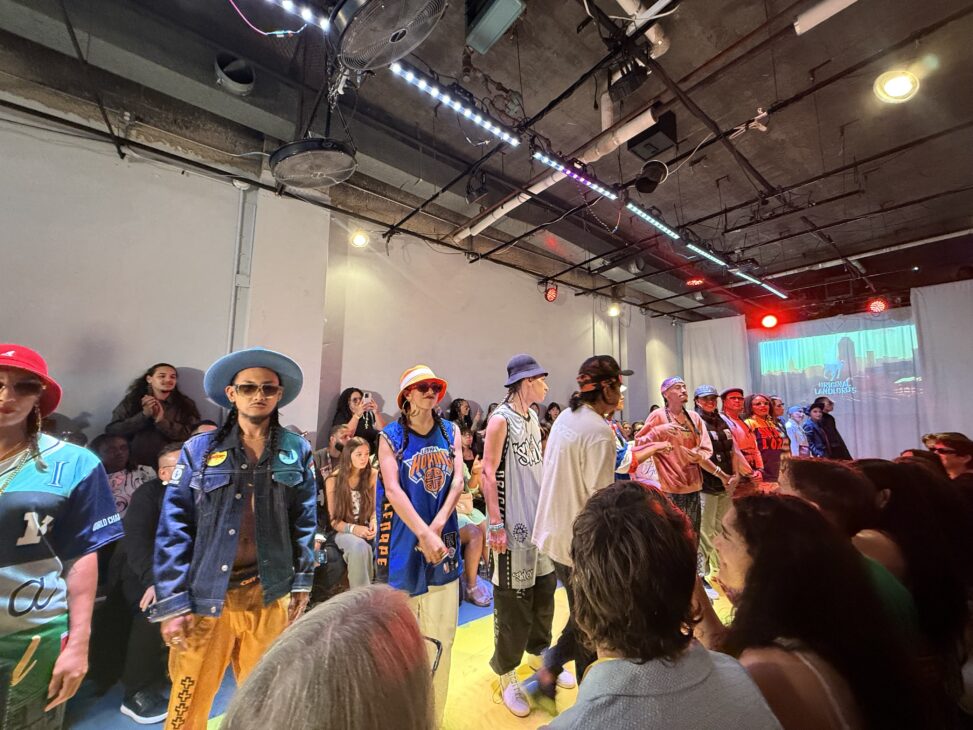
The showcase closed with Original Landlords. Their collection blended Native culture with streetwear, bringing in jerseys, graffiti, and hoodies. What I loved most was their use of Lenape Hoking in their graphics. It was a meaningful reminder that New York City sits on the original homelands of the Lenape people.
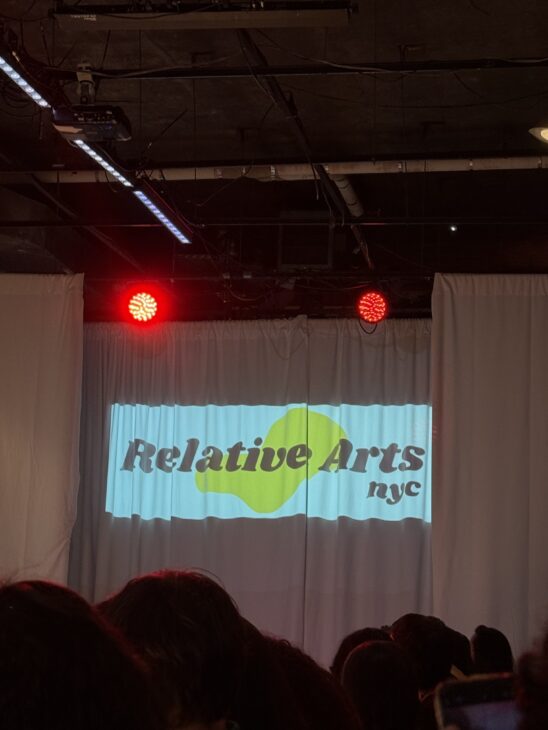
Everyone involved deserves credit for pulling off the first Indigenous New York Fashion Week. From the organizers to the designers, models, makeup artists, and musicians, the entire event came together beautifully. The visuals and sound carried the spirit of what it means to be Indigenous today while staying rooted in tradition.
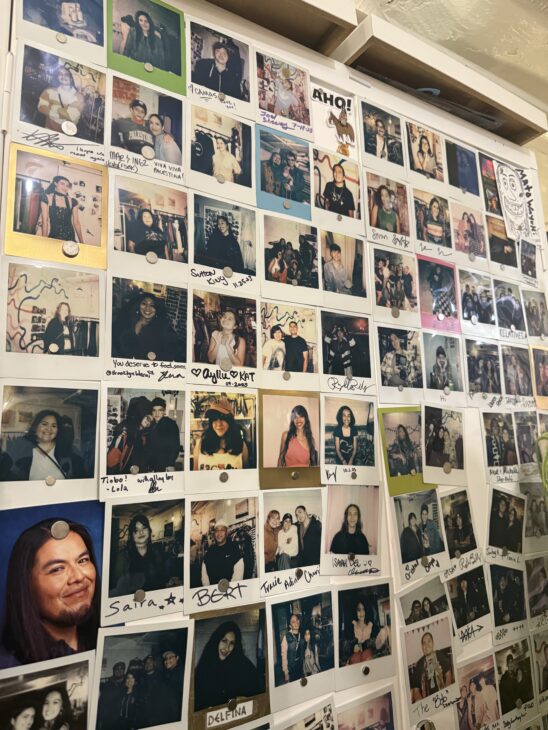
I ended the night by visiting the Relative Arts store, where many of the featured designers’ works were available. The space itself carried the same energy as the runway: creative, bold, and full of story. If you ever find yourself in New York City, it is a stop worth making.






